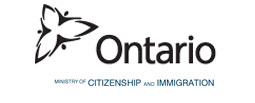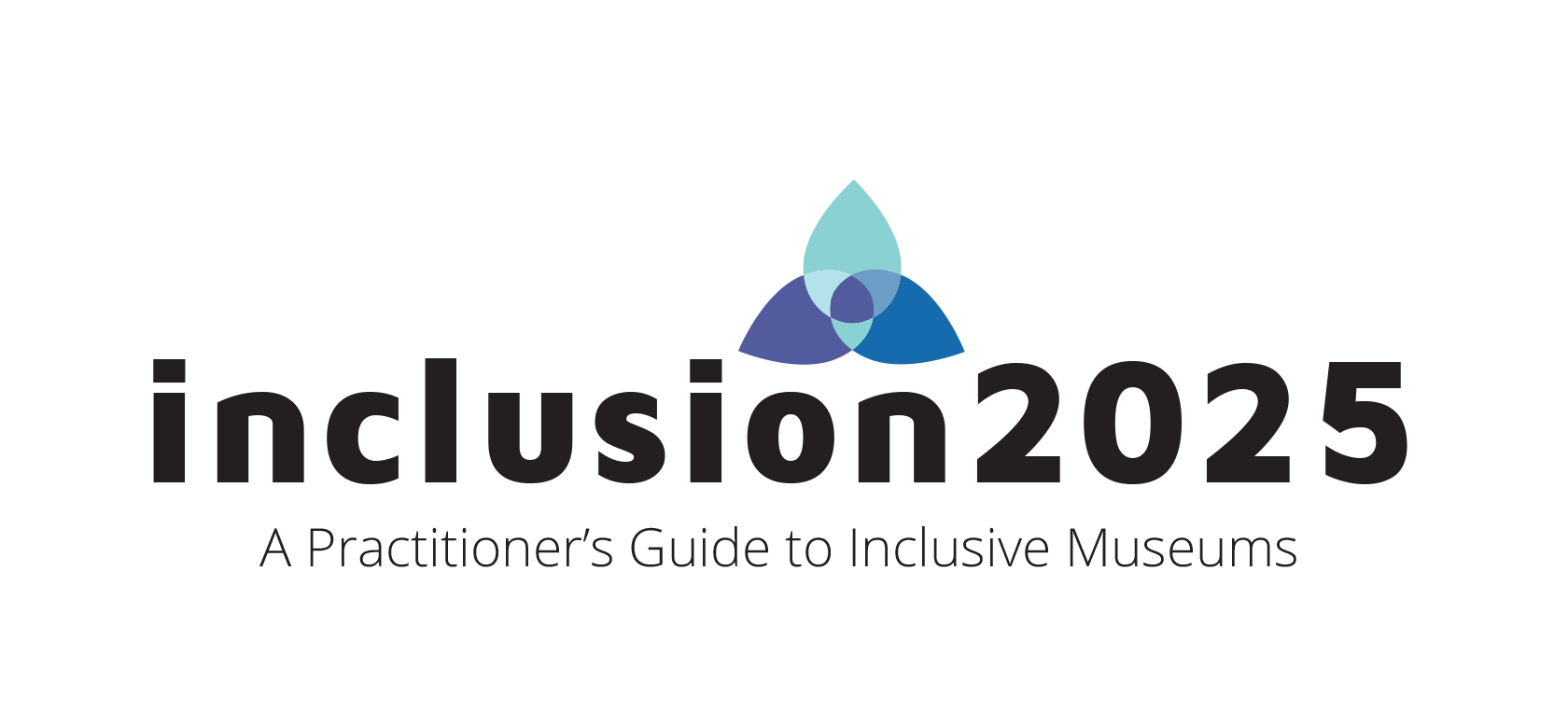Inclusion 2025: A Practitioner's Guide to Inclusive Museums
Download a PDF of Inclusion 2025: A Practitioner's Guide to Inclusive Museums
Download a Large Print PDF of Inclusion 2025: A Practitioner's to Inclusive Museums
A Letter from our Project Leads
At the Ontario Museum Association (OMA) Conference 2016, we posed a challenge to the Ontario museum community: where are the gaps in diversity and inclusion in our sector, and how can we create substantive, meaningful and sustainable change? Museums have historically held the power to shape public narrative and decide which stories and objects from the past should be preserved to present to future generations. Recent conversations in the museum sector are beginning to recognize the importance of the voices and stories that have historically been excluded from the dominant narratives, and the ethical imperative for museums to include the full diversity of these narratives and embody a more inclusive approach to our work overall.
Inclusion 2025: A Practitioner’s Guide to Inclusive Museums is one of many components of the Museum Accessibility, Inclusion and Engagement Collaborative (MAIEC) project that was launched in December of 2015 by the OMA, the Royal Ontario Museum (ROM) and the Canadian Centre for Diversity and Inclusion (CCDI). The MAIEC project is our response to the challenge we posed to the broader museum community in the 2016 Conference, and a recognition of the needs we face as a sector to do better, and continue doing better, in truly being inclusive to the communities we serve.
Informed in part by Ontario’s Museums 2025, the Ministry of Tourism, Culture and Sport’s 2016 Ontario’s Culture Strategy, and the Indigenous Collections Next Steps report, and with funding support from the Ministry of Citizenship and Immigration and the Ontario Trillium Foundation, this project aims to inspire the Ontario museum sector to push the envelope on how museums can meaningfully engage diverse communities.
Diversity and inclusion are complex and fluid, ever-evolving subjects, which cannot be addressed with static solutions. As such, Inclusion 2025 and the overall MAIEC project will not provide definitive rules on how to make your museum more inclusive, but rather, an invitation to all of you to use Inclusion 2025 and the Inclusion in Action case studies to guide your process. Open the conversation in your own spaces and join us in creating a more inclusive museum sector in Ontario!
Inclusion 2025 includes:
- Inclusion as a Lens – guidelines on how to begin thinking about diversity and inclusion in your own spaces
- Inclusion in Action – stories from the field submitted by our 10 partner museums
- Resources – to support your own work in diversity and inclusion
- Community – a list of people committed to the cause of championing diversity and inclusion in the cultural sector
Thank you for joining us on this journey, and we look forward to working with you in building a more inclusive Ontario museum sector by 2025!
Sincerely,
Marie Lalonde, Executive Director, Ontario Museum Association
Cheryl Blackman, AVP Audience Development, Royal Ontario Museum
Cathy Gallagher-Louisy, Senior Director, Consulting, Canadian Centre for Diversity and Inclusion

This resource was made possible by the generous support of the Ministry of Citizenship and Immigration Partnership Grant Program.



